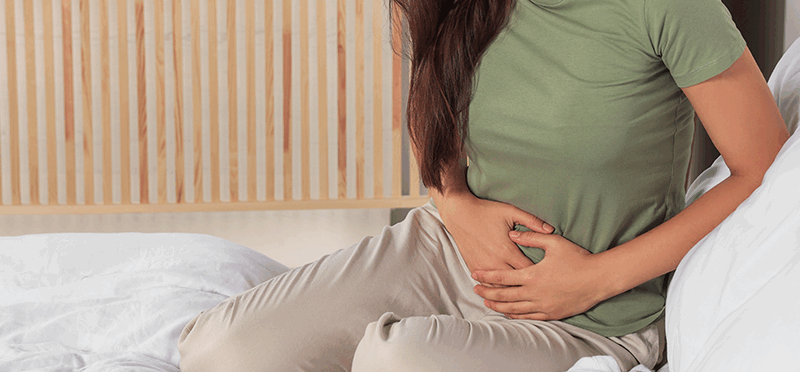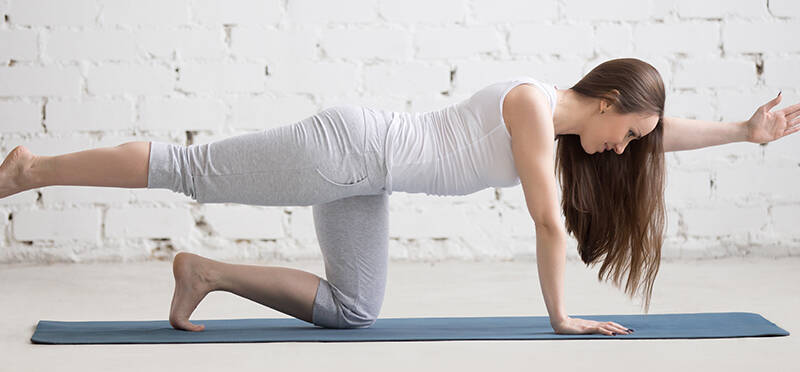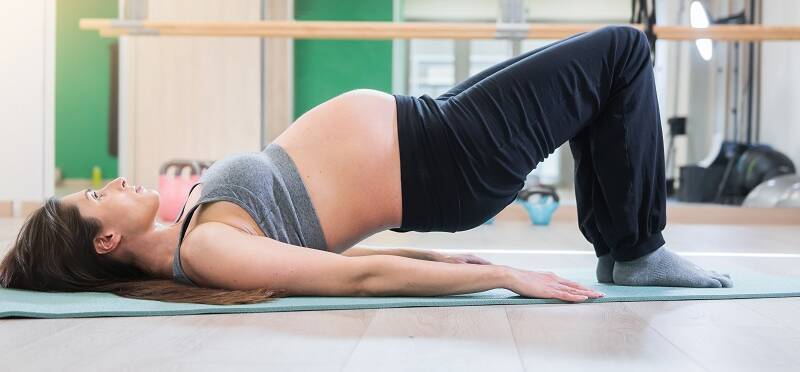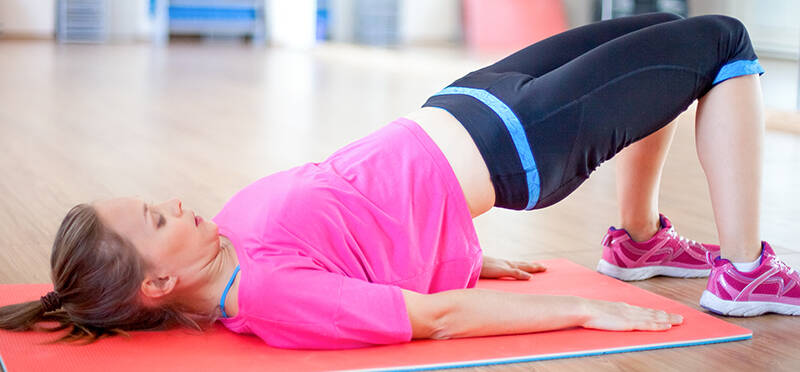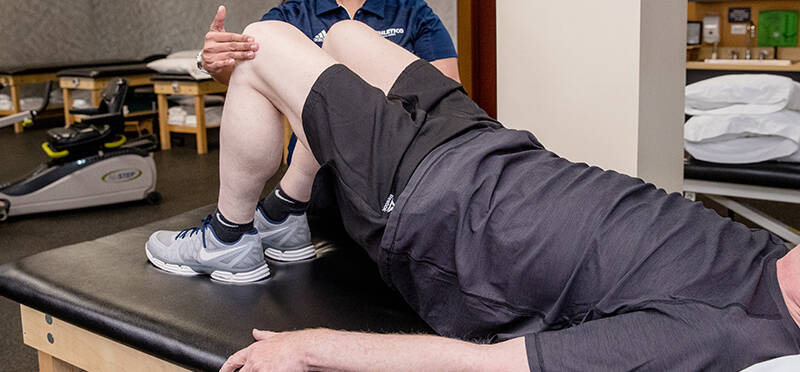Pelvic Health Is for Everyone
Posted on June 9, 2025 by Sarah Rice PT, DPT, PhD
Pelvic health? Isn’t that just for moms? No! While pelvic health is certainly important for moms, it’s also important for...
(more…)




